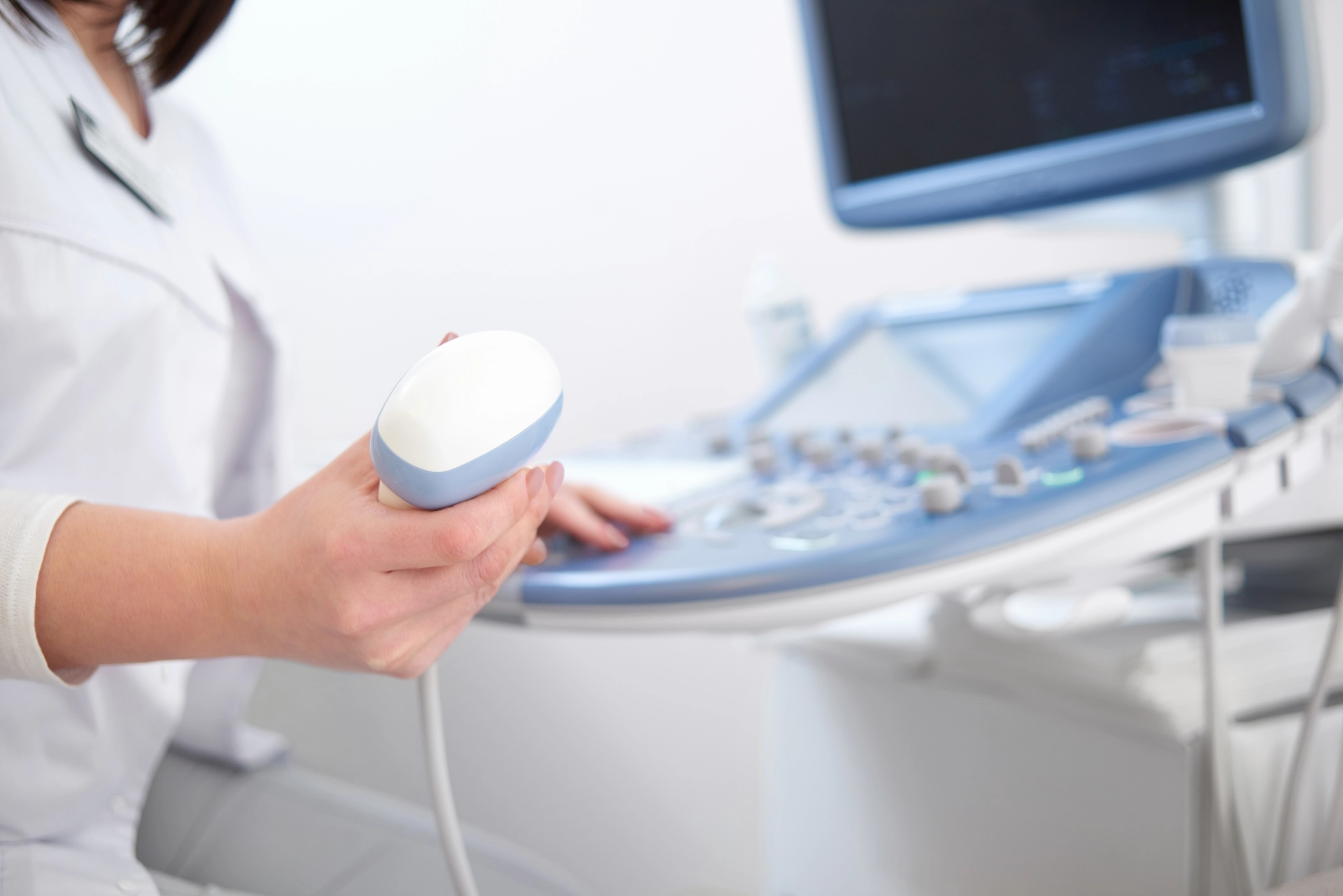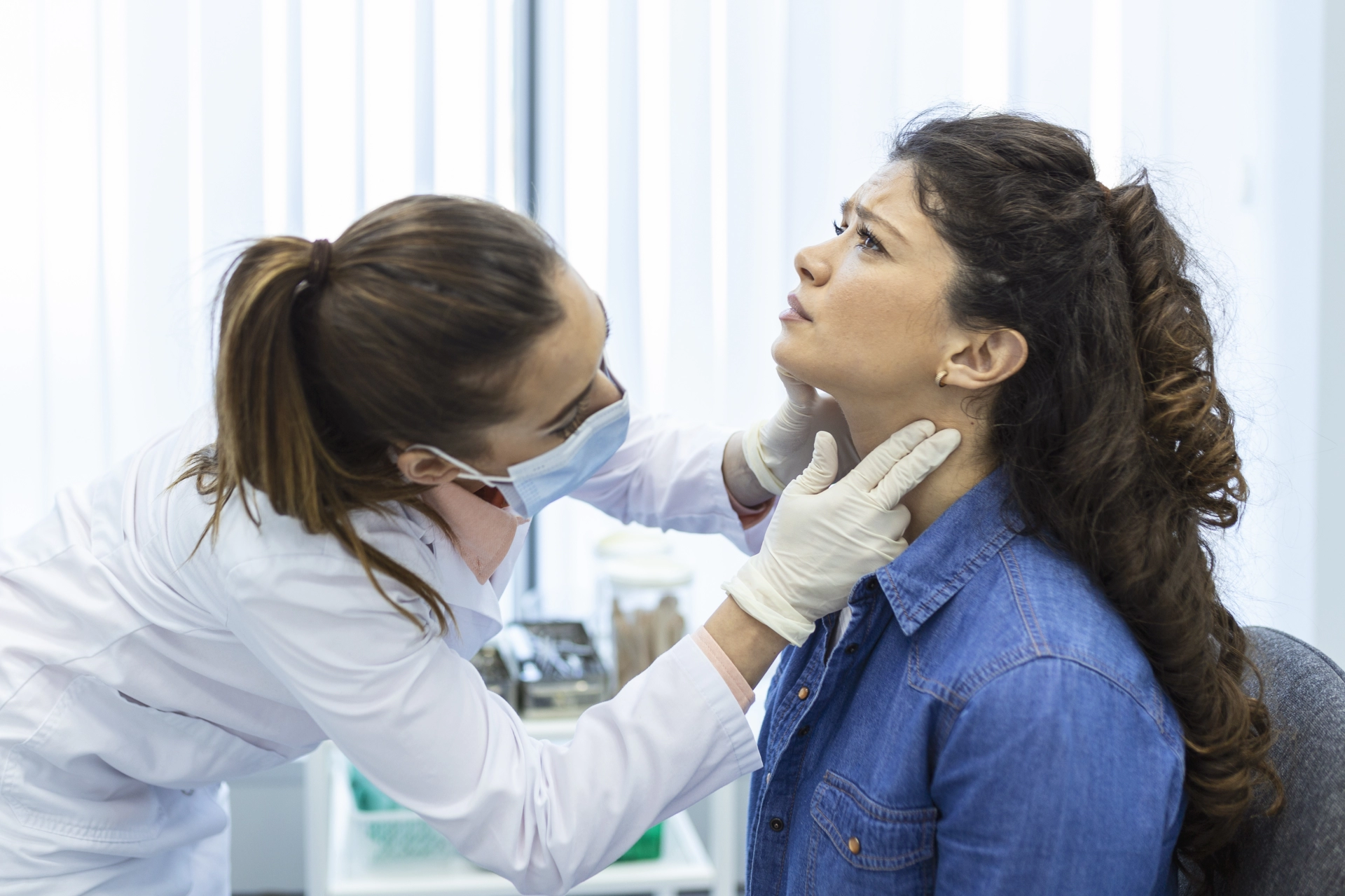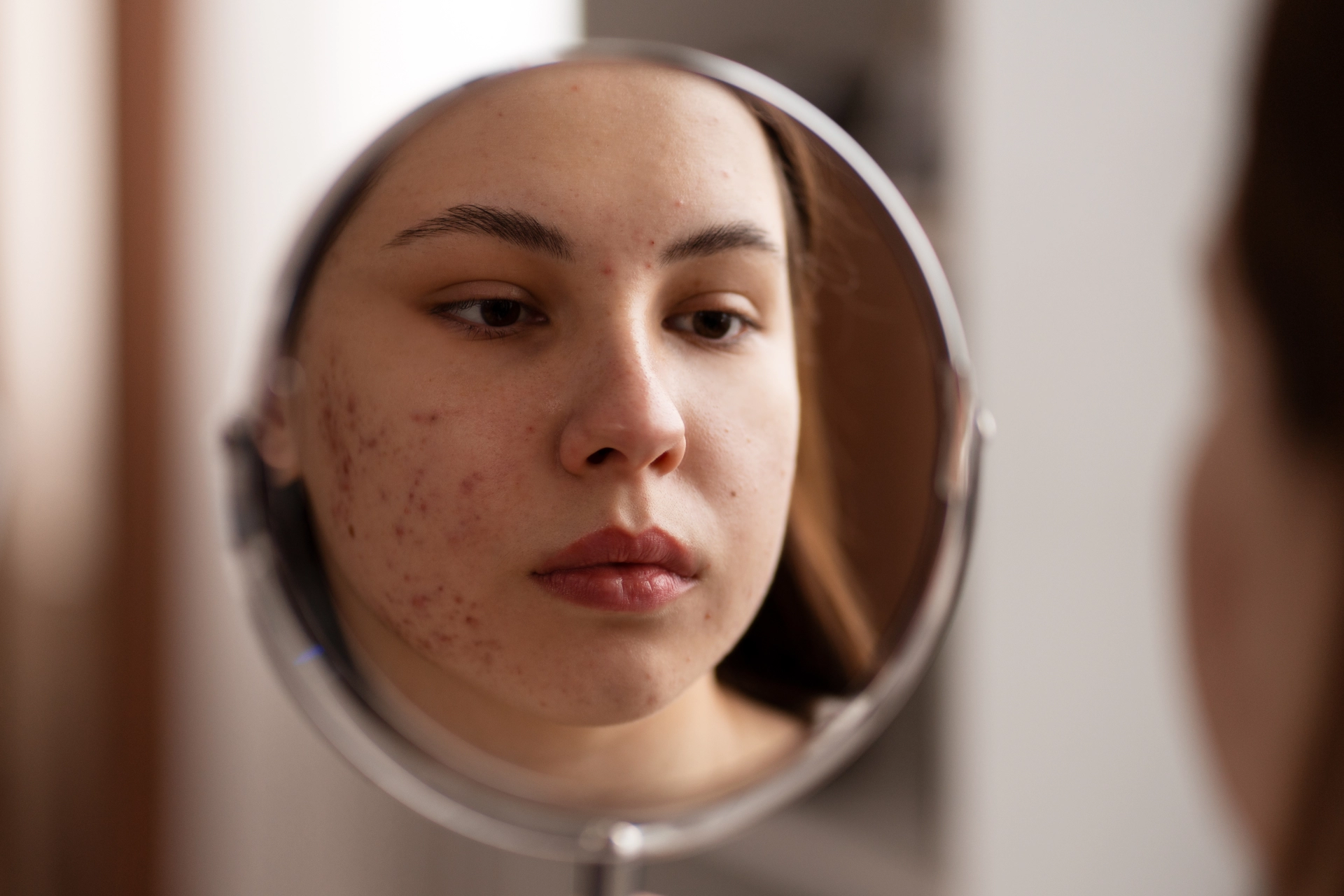Reproductive System Diseases
10 September 2025
The health of the reproductive organs is largely dependent on both internal and external factors. Disturbances in the function of this system can affect not only the overall health of a woman or man but also their ability to have children.
External Factors
Harmful external influences include:
• Early onset of sexual life.
• Irregular or unsafe sexual life.
• Sexually transmitted infections and other infectious diseases.
• Psychological stress and tension.
• Mechanical damage to the sexual organs.
• Insufficient or improper hygiene.
• Improper or prolonged use of medications (especially antibiotics, hormonal drugs, and contraceptives).
Internal Factors
Internal causes include:
• Inflammatory diseases present in the body.
• Hormonal imbalances.
• Diseases of the endocrine system.
• Artificially terminated pregnancies (abortions) and miscarriages.
• Structural anomalies of the sexual organs, tumors, and hereditary factors.
Main Groups of Diseases
Pathologies of the reproductive system are conditionally divided into several groups:
• Hormonal diseases: These occur due to hormonal imbalances and disturbances in the function of the internal secretion glands. They can manifest as polycystic ovary syndrome, menstrual cycle disorders, and other symptoms.
• Inflammatory diseases: These include colpitis, cervicitis, endometritis, adnexitis, mastitis, and others. They can be caused by specific microorganisms (chlamydia, gonococcus, trichomonad, viruses) or non-specific pathogens (E. coli, staphylococcus, streptococcus, etc.).
• Hyperplastic diseases: These include tumors of the breasts, uterus, and ovaries, hyperplasia of the uterine lining, polyps, and cancerous pathologies.
• Other diseases: These include endometriosis, diseases of the cervix (ectopia, dysplasia, etc.), as well as various structural anomalies of the sexual organs.
Symptoms
Reproductive system problems can manifest in different ways:
• Pain in the lower abdomen and lower back.
• Unusual discharge from the genital tract.
• Itching and burning in the external genital area.
• Elevated body temperature.
• General weakness.
• Menstrual cycle deviations (irregularity, changes in duration, heavy bleeding).
• Infertility or difficulty getting pregnant.
• Painful sexual intercourse.
• Skin problems (oily skin, acne, hair growth, hair loss, pigmentation).
Diagnosis and Treatment
In case of these conditions, it is necessary to consult a gynecologist. Diagnosis is performed through complex examinations, including general and gynecological examination, ultrasound, blood and biological material analysis, colposcopy, X-ray, CT, MRI, densitometry, and others. Treatment methods are selected based on the diagnosis and include:
• Drug therapy (antibiotics, hormonal drugs, vitamins, trace elements, special diet, physiotherapy).
• Surgical intervention.
• Combined treatment.
Prevention
To maintain reproductive health, it is important to:
• Practice safe sexual life.
• Undergo regular gynecological examinations.
• Maintain hygiene.
• Monitor hormonal balance.
• Have a healthy diet and physical activity.









